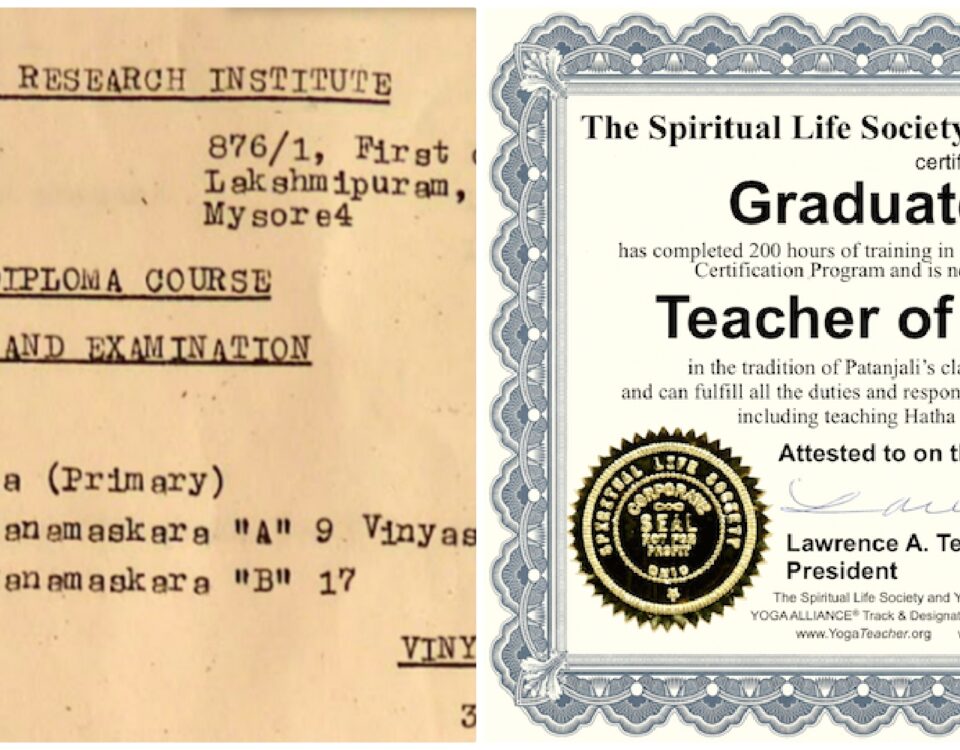April 30, 2019
What does it mean when you're doing good work — the work you've made, trained for, the best work of your life, perhaps — in a culture based in economic and privilege excesses that both accelerate and will be wiped out by climate chaos?


